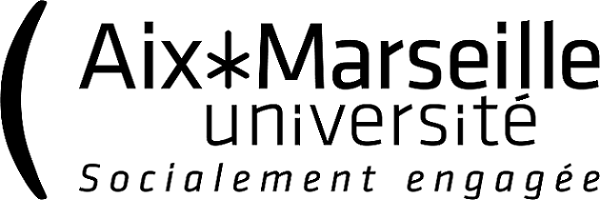Multicenter evaluation of light transmission platelet aggregation reagents: communication from the ISTH SSC Subcommittee on Platelet Physiology
Résumé
Background: Light transmission aggregation (LTA) is used widely by the clinical and research communities. Although it is a gold standard, there is a lack of interlaboratory harmonization. Objectives: The primary objective was to assess whether sources of activators (mainly adenosine diphosphate [ADP], collagen, arachidonic acid, epinephrine, and thrombin receptor activating peptide6) and ristocetin contribute to poor LTA reproducibility. The secondary objective was to evaluate interindividual variability of results to appreciate the distribution of normal values and consequently better interpret pathologic results.Methods: An international multicenter study involving 28 laboratories in which we compared LTA results obtained with center-specific activators and a comparator that we supplied. Results: We report variability in the potency (P) of activators in comparison with the comparator. Thrombin receptor activating peptide 6 (P, 1.32-2.68), arachidonic acid (P, 0.87-1.43), and epinephrine (P, 0.97-1.34) showed the greatest variability. ADP (P, 1.04-1.20) and ristocetin (P, 0.98-1.07) were the most consistent. The data highlighted clear interindividual variability, notably for ADP and epinephrine. Four profiles of responses were observed with ADP from high-responders, intermediate-responders, and low-responders. A fifth profile corresponding to nonresponders (5% of the individuals) was observed with epinephrine.Conclusion: Based on these data, the establishment and adoption of simple standardization principles should mitigate variability due to activator sources. The observation of huge interindividual variability for certain concentrations of activators should lead to a cautious interpretation before reporting a result as abnormal. Confidence can be taken from the fact that difference between sources is not exacerbated in patients treated with antiplatelet agents.
